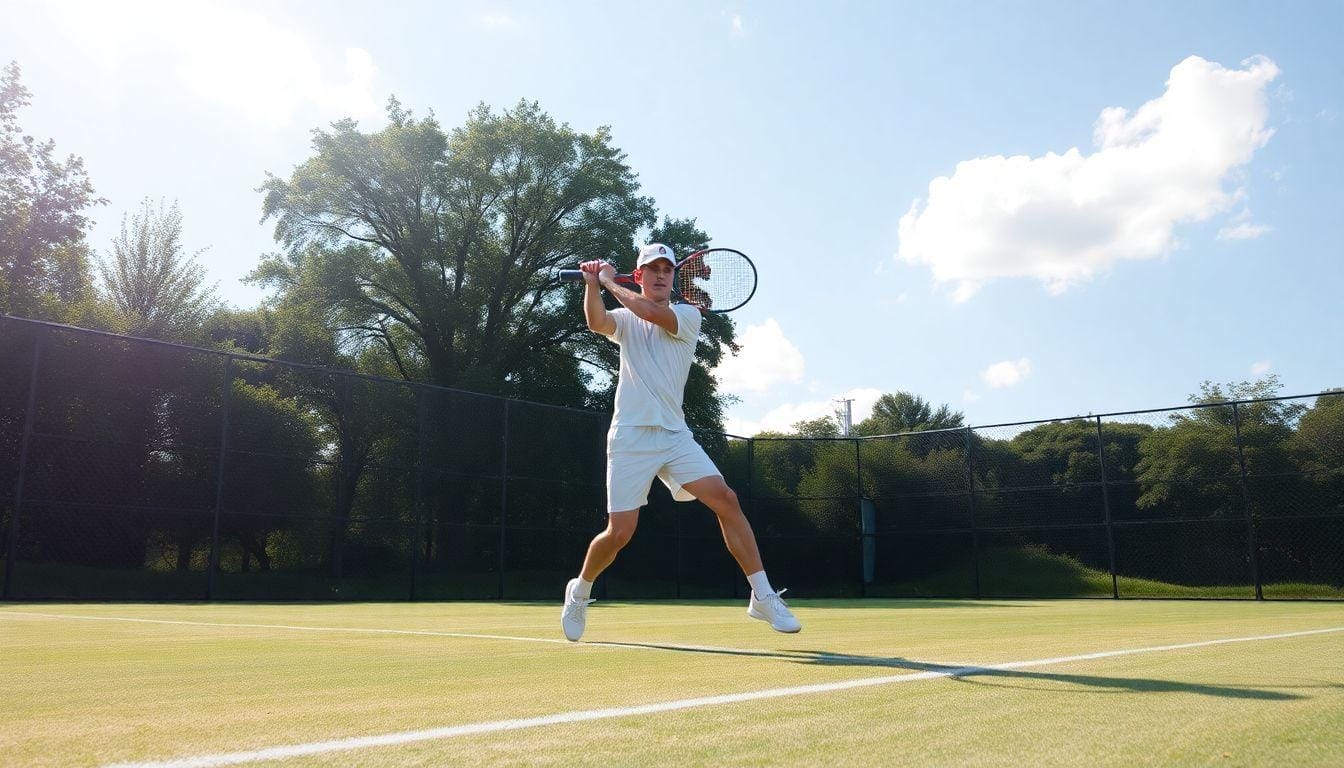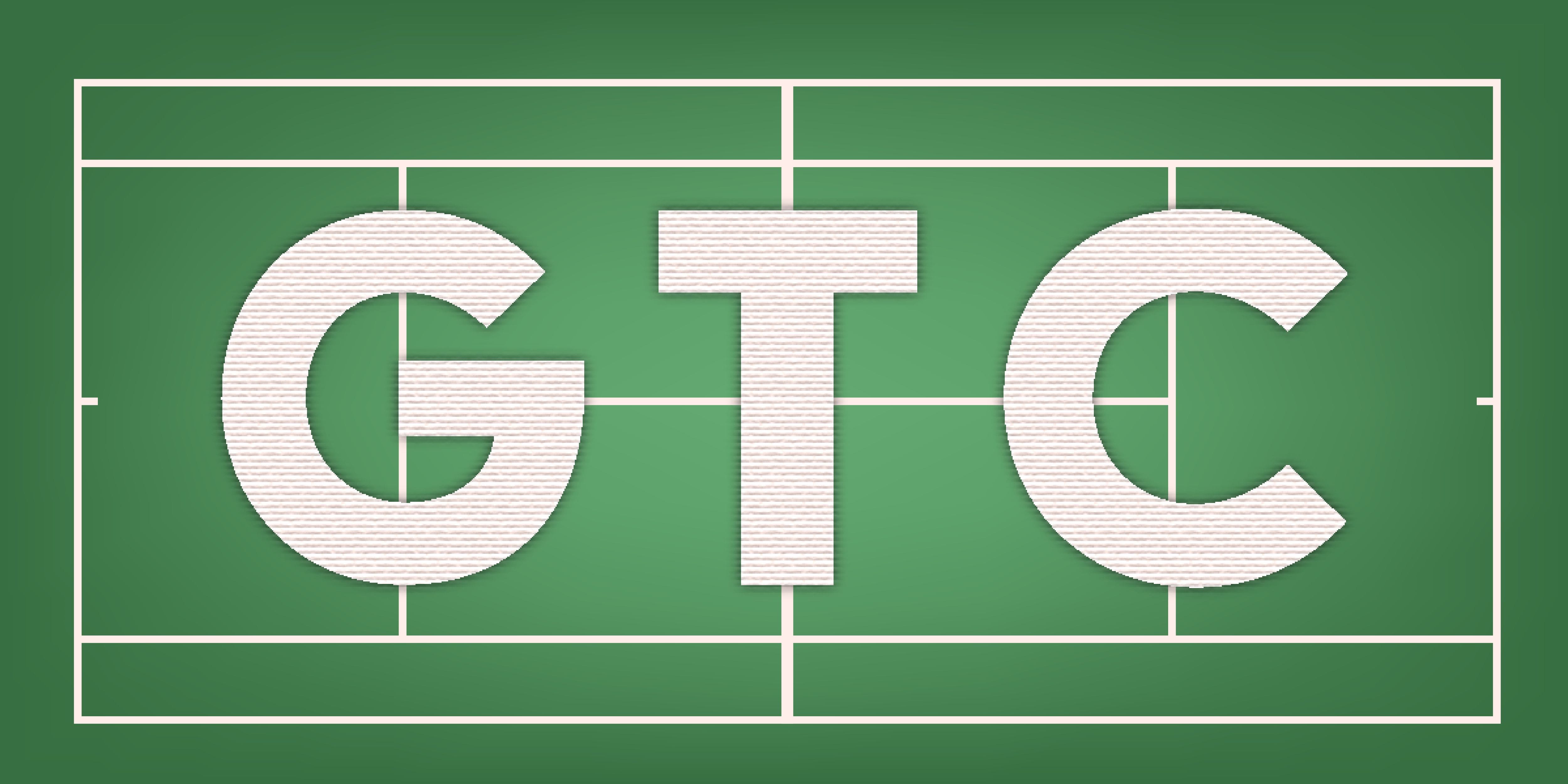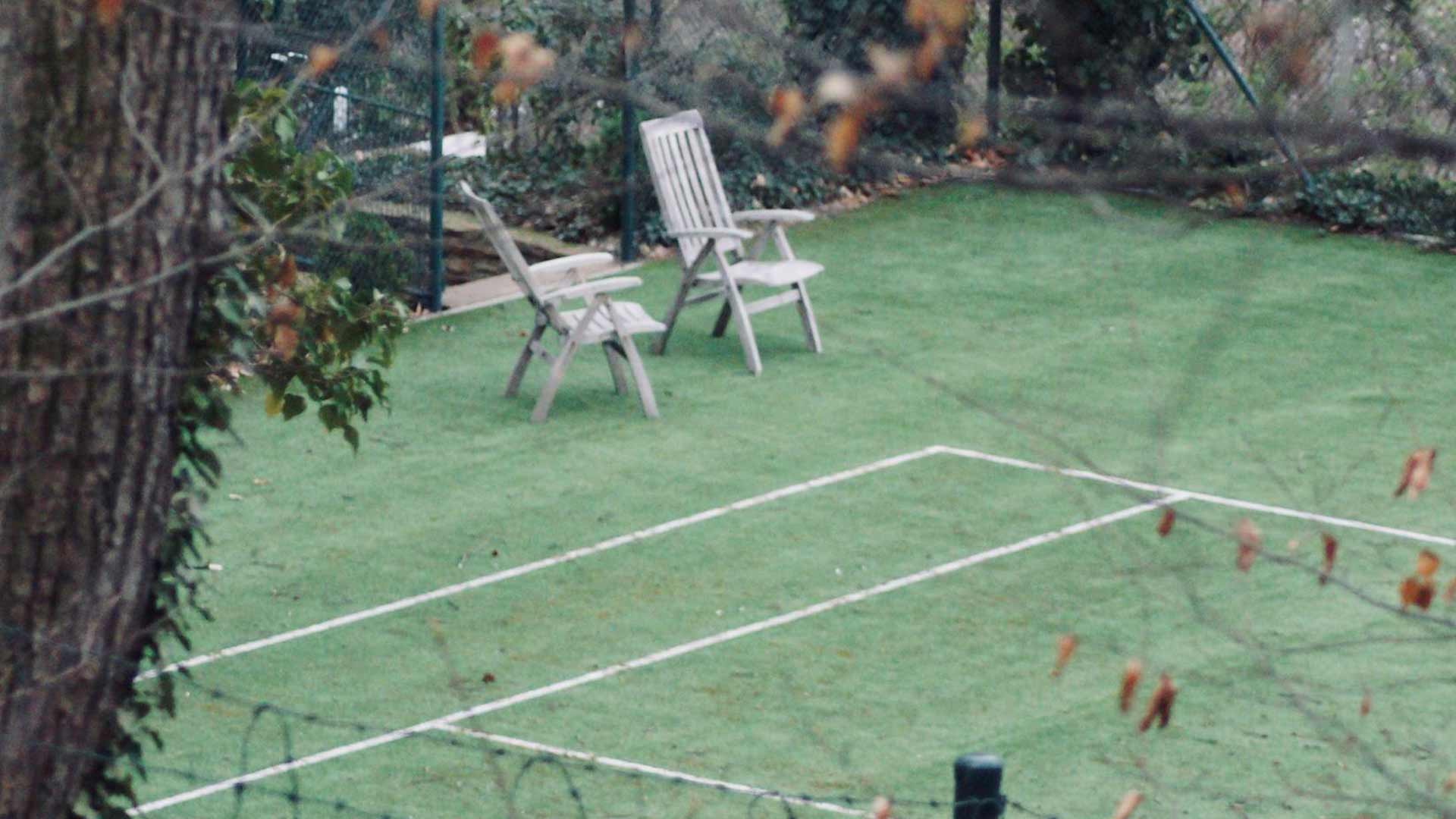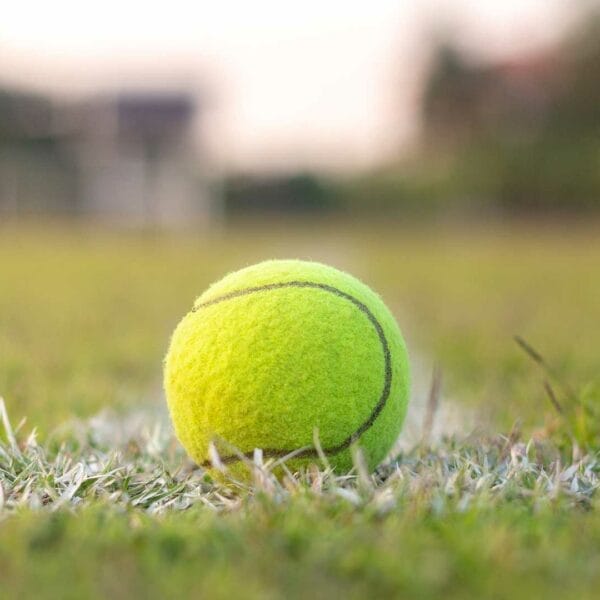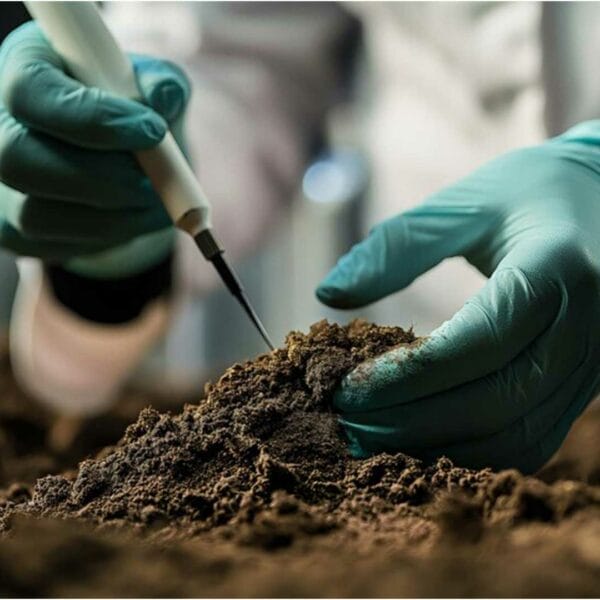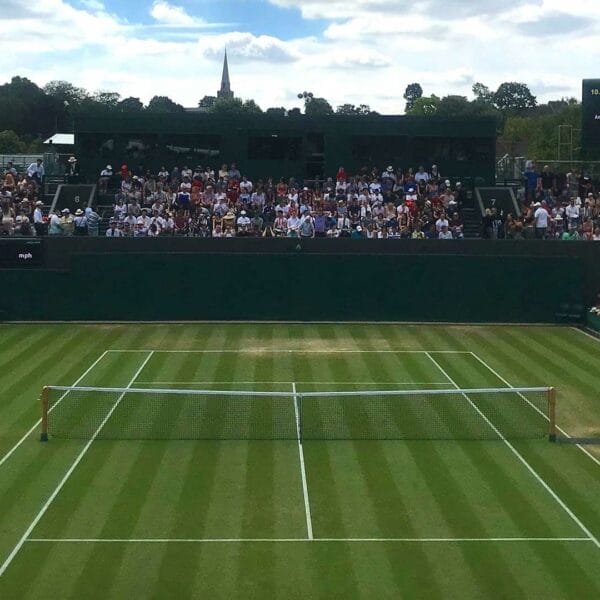Tennis Fitness for Grass Courts: Strength, Agility & Injury Prevention
Why Grass-Court Tennis Needs a Different Kind of Fitness
Grass courts are fast, low-bouncing, and often unpredictable. Tennis fitness movement here isn’t about sliding — it’s about short, explosive reactions, quick changes in direction, and strong posture control on soft footing.
Players must adapt to:
- Lower bounce and quicker rallies
- Variable traction (especially when damp)
- More bent postures for low balls
- The need for strong ankles, knees, and core balance
➡️ Related reading: Injuries and Prevention
Mobility & Activation: Your Pre-Match Foundation
Goal: Prepare joints and muscles for quick reactive movements.
Sample Routine (10–15 min):
- Hip swings & lateral circles – loosen the groin for low-stance returns
- Ankle alphabet + towel scrunches – strengthen the foot’s intrinsic stabilisers
- Dynamic lunges with rotation – warm the trunk and hip flexors
- Mini-band side steps – activate the glutes for strong lateral power
👉 Tip: These are perfect pre-court drills before match play.
Strength & Power: Build Your Grass-Court Engine
Grass rewards explosiveness over endurance. Focus on single-leg and posterior chain strength.
Recommended exercises:
- Split squats / Bulgarian squats – improve unilateral balance
- Romanian deadlifts – prevent hamstring strain
- Medicine ball rotational throws – mimic serve and groundstroke mechanics
- Lateral bounds – train grass-specific lateral explosiveness
- Single-leg hops – enhance ankle-calf reactivity
📅 2–3 sessions per week is ideal.
Agility, Footwork & Conditioning
Grass movement is reactive — you must be fast, light, and balanced.
Top drills:
- Agility ladder (quick feet) – for reactive starts
- Baseline-to-net sprints – simulate transition play
- T-drill / H-drill – practice direction changes
- 15-minute conditioning circuit: 30s sprint + 30s shuffle + 30s rest (repeat 10–12 rounds)
💡 Pro tip: Perform drills on soft or synthetic grass to mimic real traction.
Common Grass-Court Injuries: Prevention & Cure
Grass courts are easier on joints than hard surfaces, but their uneven or slippery texture brings different risks.
1. Ankle Sprains
- Prevention: Balance training, wobble board, proper grass shoes.
- Cure: RICE → ankle mobility → calf strength → proprioception work.
2. Hamstring Strains
- Prevention: Eccentric hamstring exercises (Nordic curls).
- Cure: Gentle stretching → progressive resistance → glute activation.
3. Knee Pain / Patellofemoral Issues
- Prevention: Avoid over-bending, strengthen glutes & quads.
- Cure: Deceleration drills, controlled landing mechanics.
4. Shoulder & Elbow Overuse
- Prevention: Strengthen rotator cuff, reduce repetitive load.
- Cure: Rest, eccentric tendon loading, technique refinement.
5. Slips & Falls
- Prevention: Proper footwear, dry court awareness, pre-match inspection.
- Cure: Ice, physio check for ligament strain, gradual reintroduction.
🗓️ Weekly Grass-Court Fitness Schedule
| Day | Focus | Example Work |
|---|---|---|
| Mon | Mobility + Strength | Split squats, hip swings, band work |
| Tue | On-court + footwork | Baseline-to-net, ladder drills |
| Wed | Recovery | Light mobility + foam roll |
| Thu | Strength + Power | Deadlifts, lateral bounds |
| Fri | Agility circuit | T-drill, reactive footwork |
| Sat | Match simulation | Serve-and-volley sets |
| Sun | Rest / Active recovery | Swim or yoga |
Final Takeaway
Grass-court tennis rewards those who train with intelligence — not just intensity.
By combining smart strength, balance, and injury-prevention work, you can move faster, stay injury-free, and enjoy the most elegant surface in tennis.
📖 Video: Grass Tennis Court Fitness – How to Play on Grass

